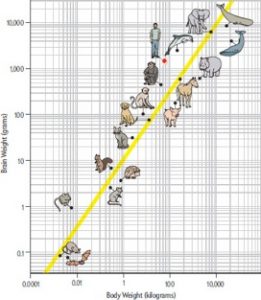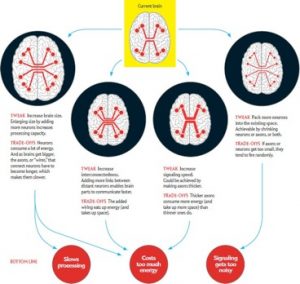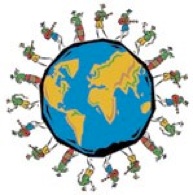I am solving a 1000 pieces jigsaw puzzle. The result is going to be similar to the picture above. However, it is now far from this picture, rather looking like a mess. Small pieces connected without knowing where to put them! It reminds me of a PhD project. Looking at the picture inspires one to solve it. It is gonna be a specific problem just like a specific picture of each puzzle. Tough it is specific, they have features in common: we learn how to approach different problems, learn reasoning and connecting small pieces to each other. Just like a puzzle, a specific picture should be solved but no matter how it looks like, a solving strategy and persistence is needed. Some puzzles are easier and some harder. It is always the challenge of the problem which drives me forward! To me I found it easier to solve the borders first. I think they are similar to the theory and background of the project. Once it is solved, now one needs to find the place of each piece relative to those border pieces. it’s like connecting the results and theory together to find the big picture. Some times a bottom up approach is needed, some times the problem solver needs to get back to look at the whole picture making sure the final goal is not lost.
The Limits of Intelligence
 An interesting article on Scientific American magazine discusses the physics of thought and limits of the intelligence. In summary:
An interesting article on Scientific American magazine discusses the physics of thought and limits of the intelligence. In summary:
Human intelligence is probably reached its limits according to several lines of research, and it may not be evolved anymore, and, becoming a smarter specie than today’s human being may not be possible because most of the tweaks that can make us smarter hit the limits dictated by laws of physics
Brain size: there is a tradeoff between required energy and brain cells. As the brain gets bigger more wirings are needed so the brain gets more energy consumer.
Brain Wirings: Thinner wirings in the brain leads to noisier signals and communication, similar to the effects in the computer transistor chips, because of hitting the thermodynamic limits.
HOWEVER, human probably gets more intelligent. By transferring our knowledge to the internet, we are expanding our minds beyond our body…
Lev Pontryagin
I knew about a Russian mathematician, Lev Pontryagin, in my control theory class. He lost his eyesight at age of 14 due to a stove explosion. His mother had a great contribution to his success in math by reading math books and papers! I am amazed how all the concepts and notations and formulas were forming in his mind. Later in his career, he developed optimal control theory.
7 Billion and me!
 World’s population reached 7 Billion people! 7,000,000,000! How huge is this number? How does it affect each individual’s life?
World’s population reached 7 Billion people! 7,000,000,000! How huge is this number? How does it affect each individual’s life?
I am the 79,572,504,551 person on the earth! this many people have lived on the planet before me and at the time of my birth 4,788,694,168 people were living. Since my birth 3,642,974,970 people were born and 1,431,452,440 died.
The UNFPA website of 7billion and me gives an amazing statistics about cities, countries and parts of the world you’ve live since birth.
Group personalities
In Spring I attended a great lecture by Noble laureate, John Hall, in Photonics Conference in Ottawa. After the talk I had a discussion with him about the intellect of people like Einstein, Newton as well as those who win the Nobel prize. He mentioned the team work as an important key to the scientific success in today’s world. He is absolutely right. World has changed, knowledge, science and technology boundaries are moving forward with an incredible speed and an individual cannot keep up with it by its own. This issue is also true about social life. I always think about role of different people in a team and contribution of each individual in a group. It can be a family, group of friends, a research group or a social group. Today I found a very interesting article on wikibooks, categorizing different group behaviours.
According to this categorization, I found out belonging to the constructive category is the key to the success. Worth reading it.
